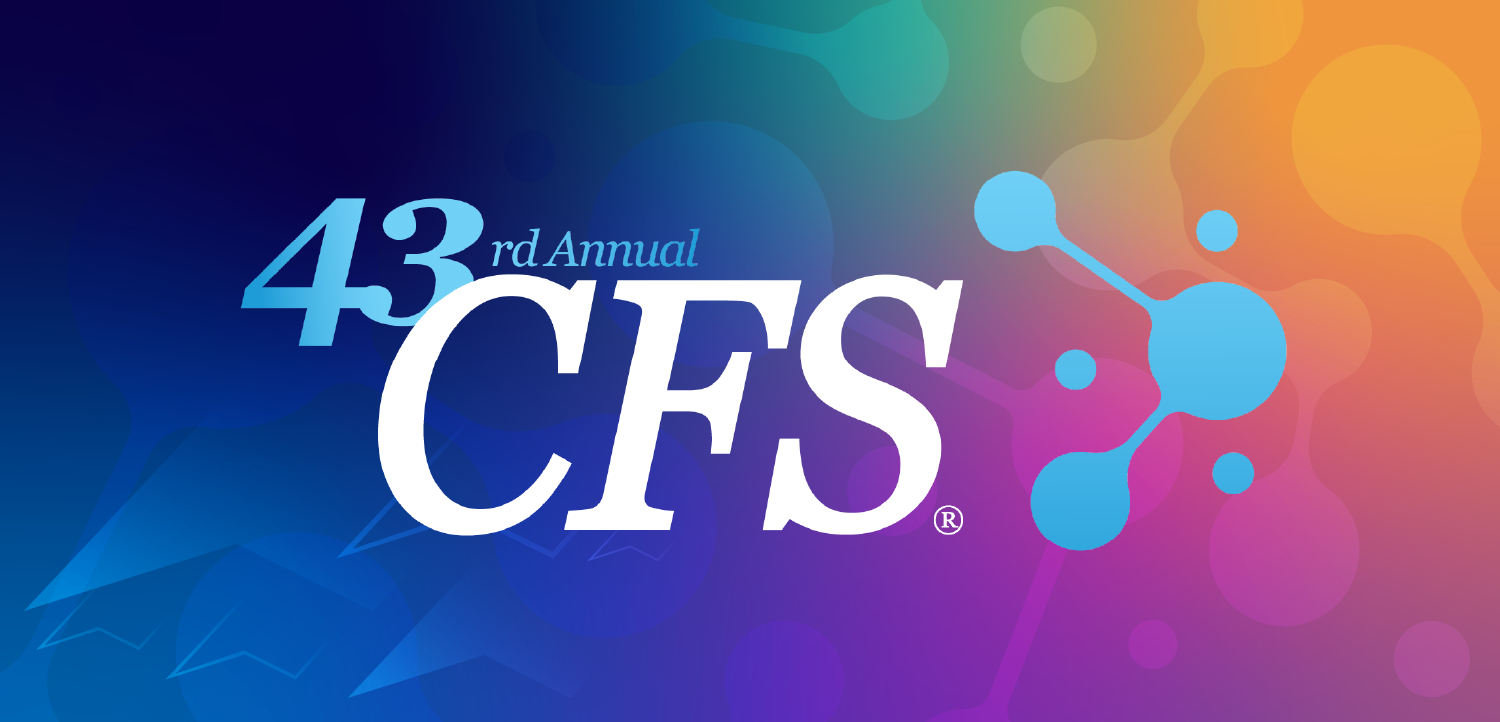SNM's new name illustrates rise of molecular imaging
Competition from fellow societies spurs group to embrace hybrid technologies, techniques
Competition from fellow societies spurs group to embrace hybrid technologies, techniques
In an attempt to stay current with the explosive interest in molecular imaging, the Society of Nuclear Medicine has shed its full name in favor of its acronym, SNM, and a new tagline-Advancing Molecular Imaging and Therapy. The move is intended to maintain the society's identity, as well as to attract younger researchers who, for good or ill, associate the SNM with only radionuclide-based imaging.
"We are primarily physicians who image single- and positron-emitting isotopes. But we are also a society that has to enlarge its scope since many innovations, such as hybrid imaging and molecular probes, have been developed by our members," said Dr. Martin Sandler, president of the SNM.
The change goes beyond a mere acronym and tagline, according to Sandler. The scope of articles in the society's journal will expand to encompass more basic research associated with molecular imaging. Educational syllabi will also reflect such changes. In addition, the SNM has partnered with the American Society for Therapeutic Radiology and Oncology and the American Society of Clinical Oncology to design appropriate clinical trials.
But the modification comes amid strong growth in several competing organizations, including the Society of Molecular Imaging and the Academy for Molecular Imaging. Researchers entrenched in optical imaging, ultrasound, or MRI who are interested in molecular imaging tend to gravitate toward either the SMI or the AMI, said Dr. Sam Gambhir, director of molecular imaging at Stanford University.
Next year, the SMI and AMI will hold a joint meeting, and participation is expected to top 2500. If the two groups continue to hold joint meetings, their conference will become the leading event for molecular imaging by 2009, Gambhir said. SNM meeting attendance averaged 6500 for the last two meetings, and its membership increased less than 2% from 2004 (16,131) to mid-2006 (16,358). The SMI boasts 1400 members, while the AMI has 1000.
"I would personally like to see the AMI, SMI, and SNM all together, but I think a lot of egos and politics will prevent that," Gambhir said.
For now, however, the SNM is forging a new path for itself. It recently held a molecular imaging meeting with industry to discuss basic research, drug development, technology, and education. Traditional nuclear medicine companies are facing the same challenges as the SNM: How do they take advantage of the rapidly developing technology surrounding molecular imaging? They want to know, for example, what kinds of detectors will best suit the next generation of imaging systems or how best to develop drug probes.
"It's an iteration of many aspects, but now we're starting to develop a matrix on which we can build this complex group of technologies that are very interdependent on each other," Sandler said.
Last year, the SNM responded to the increased interest in PET/CT imaging by developing guidelines for nuclear medicine physicians for CT and CT angiography and by working with the American Board of Nuclear Medicine to expand residency requirements to three years, which includes four months of CT training. This time, however, the reinvention is being driven by molecular imaging.
"It is clear that other societies are attracting the new wave of molecular imaging. If the SNM does not evolve and reinvent itself, it will not compete well with these other societies," Gambhir said.
Newsletter
Stay at the forefront of radiology with the Diagnostic Imaging newsletter, delivering the latest news, clinical insights, and imaging advancements for today’s radiologists.





























